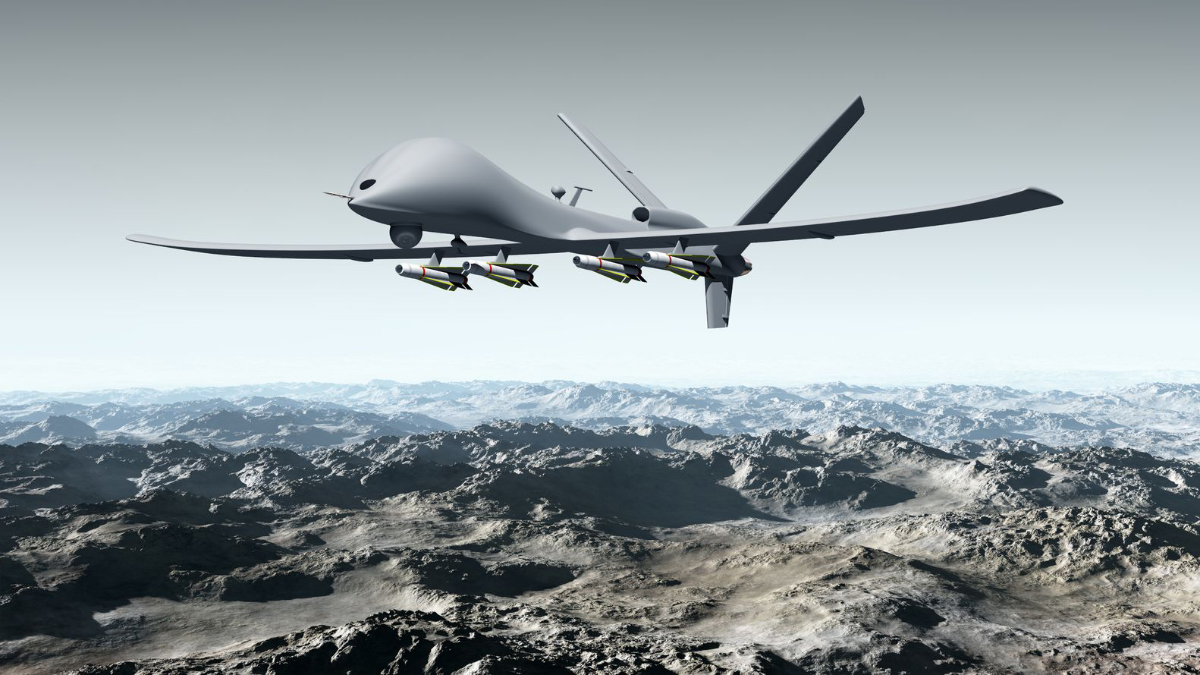As we get ready for President-elect Trump to assume the presidency, it’s a good time to reflect on President Obama’s term in office, his policies and their implications.
Many will point to the Affordable Care Act, otherwise known as Obamacare, as key to the president’s legacy. But Obama has presided over more than a massive government expansion into healthcare. In fact, long after the Obamacare debate is over, it’s likely this president will be known for a particular aspect of his foreign policy.
Obama will be known for drones.
As of Jan. 2016, Obama had authorized 506 known drone strikes, compared to the 50 strikes ordered by former President George W. Bush. The U.S. drone arsenal has expanded exponentially. In 2000 the military had some 50 drones. By 2012 that number had jumped to over 7,000—a 140-fold increase in 12 years. Proponents of drone strikes, including the president, other public officials and members of the military, claim that drones are useful in a number of ways: they are less costly than their manned counterparts, are capable of eliminating terror groups and reduce civilian casualties.
But the evidence for these claims is shaky at best.
The most charitable evaluations find that drones save little over their manned counterparts. Others find, considering expensive accidents (at least 79, costing at least $1 million as of 2010), the need for multiple “ground pilots,” and the cost of systems needed to operate the machines, drones cost just as much if not more than other weapons systems. Take the Global Hawk, one of the drones commonly used in the war on terror. This “cheap” drone costs nearly $200 million, nearly double the price of one F-35 fighter jet.
When it comes to disrupting terrorist groups, drones again fall short. In a study of more than 250 terrorist groups, researchers found that only 7 percent were eliminated with military force. The lion’s share ceased operations by either joining the political process or when local law enforcement got involved.
An objective of counterterrorism is to eliminate “high-level fighters,” the managers of terrorist groups. One study found that drones kill 12 times more low-level fighters than mid-to-high-level fighters. Another study found that only 2 percent of all drone casualties are high-level fighters. Moreover, terrorist groups often use drone strikes to recruit—so drones may actually be counterproductive!
This brings us to the topic of civilian casualties. CIA Director John Brennan says drones are like a surgical tool with “the ability with laser-like focus to eliminate the tumor called al Qaeda, while limiting damage to the tissue surrounding it.”
But rather than conducting foreign policy with “surgical-like” precision, using drones may be more like performing open-heart surgery with a spoon. Researchers with the Center for Naval Analyses found that drone strikes were 10 times more deadly to civilians than strikes with manned aircraft. Another report disclosed that some 90 percent of people killed in “targeted killings” were not the intended targets. Government reports acknowledge only a few civilian casualties, but this is in part because the government defines “militant” as any military-aged male in a strike zone.
Obama is aware of the dangerous legacy he will leave. In a recent interview, he expressed worry about the number of strikes and their “routineness.” He expressed further concern that future presidents would be able to engage in perpetual covert wars via drones. What he failed to address, however, was the aforementioned drawbacks and how we might constrain use of the technology he has used so intensively.
Although Obama will leave office on Jan. 20, 2017, his drones are here to stay.









